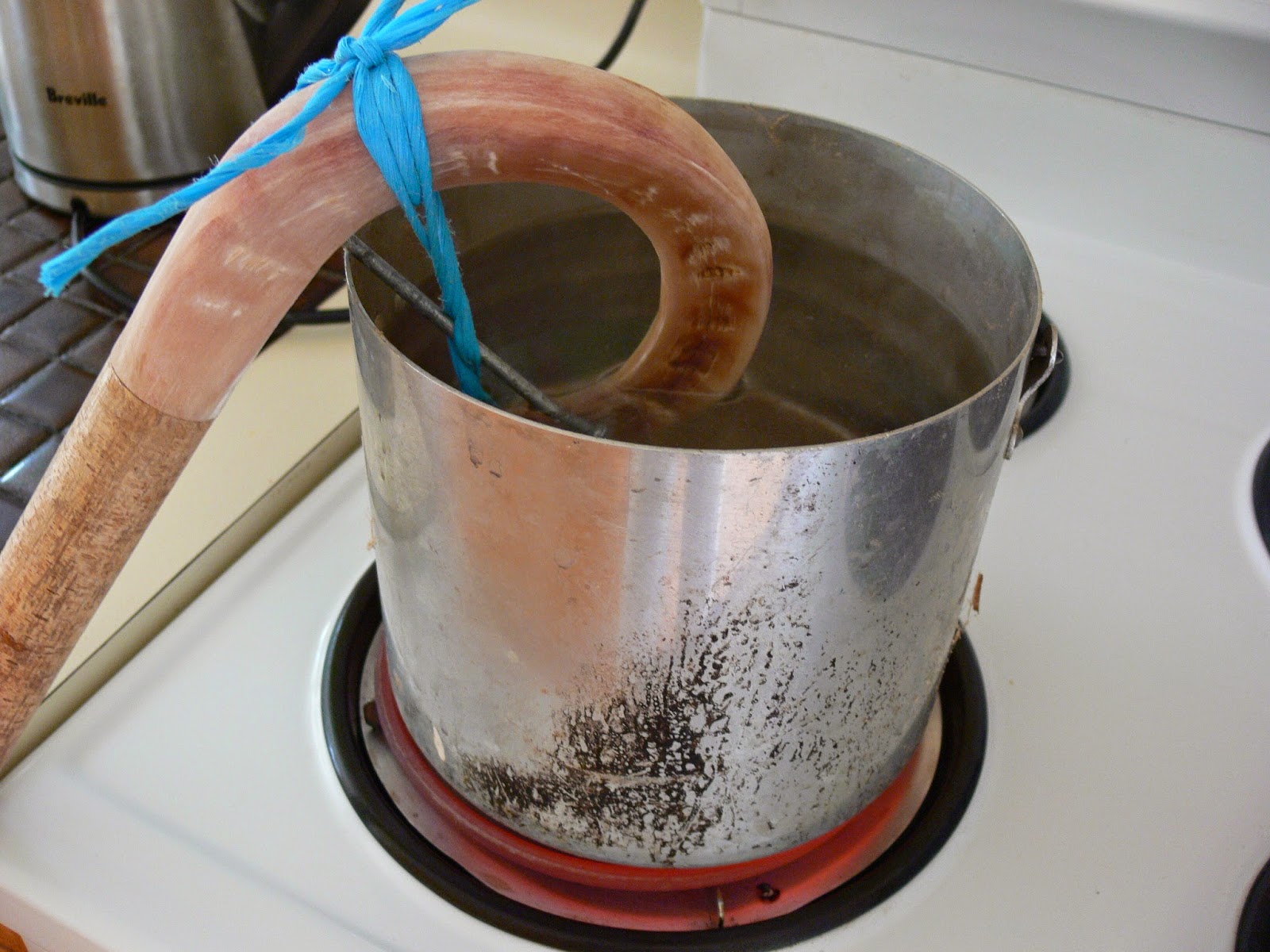Making a wooden handled shepherd's stick.
By Clive Dalton
When I started as a ‘shepherd laddie’ on Anglo/Scottish
Border farms in the 1950s, (thankfully on the English side), the first thing I needed
was a decent stick to ‘look’ sheep on the heather and ‘bent’ (tussock) fells. The stick was used like the NZ
musterer’s stick, but with a crook for the handle.
You couldn’t buy a stick, and unless a
shepherd took pity on you and made you one, you had to make your own. This wasn’t easy, as the experts who won
competitions at local shows for their horn and wood-headed crooks, were loathe
to divulge their secrets.
Border Shepherd's Stick Dressing Association
But things have changed, and viewing the
‘Border Shepherd’s Stick Dressing Association’ website
< http://www.bsda.eu>, shows how, with Prince
Charles as the Association’s senior patron. ‘Stick dressing’
is now a popular art and craft, involving a wide range of enthusiasts who may only
see a sheep on their country rambles.
New Zealand stick dressers
For enthusiastic Kiwi stick makers, there’s
a competition at the Waimate North show with five classes, and special
encouragement for local school students to take part. Jacki Hastings from Dargaville (09) 439-8141 is the person
to contact for more information.
This initiative needs every encouragement and support by entering a
stick.
Rams horns are hard to find in New Zealand
as the Drysdale has disappeared, and the Wiltshire Horn is also a rare
breed. If you find a ram’s horn
with plenty of curl, see my blog (www.woolshed1.blogspot.com)
to see how to make a crook.
Woods used
It’s better to use a burr of chestnut, elm
or walnut, where the twisted grain provides strength, as straight-grained wood
will split along the grain if dropped on a hard surface.
Hazel makes the best shanks as it’s fibrous
and strong, and bends long before it breaks. It’s also light weight, which is ideal on a long hike.
A good shepherd’s crook supports you going up
hills and down gullies, and helps you negotiate crags and bogs, as well as acting
as a third leg to take weight off tired legs and back when you stop. Here you stand with
both hands on the crook resting on your sternum, leaning forward with the stick
end about two feet in front of you.
Dog trial stick
Note: A stick for dog trials in New Zealand has to have a maximum length of 1 metre.
Handle gap
The crook handle must also fit over your
wrist, as you never lay your stick down; it’s your constant companion. Fit a bit of pipe on the end as a
ferrule to stop wear and splitting, letting some wood protrude to grip on smooth
surfaces.
Materials and method
 | ||||
| 1. Band saw to rough shape and grind corners off. Chestnut burr. |
 | ||||
| 2. Bore a hole in the head (50mm deep) to take the shank spigot. Then bore a hole for a nail to go in the spigot to add strength to the joint. |
 |
4. Protects the bark around joint with
tape when rasping.
Use edge of broken glass to smooth wood before sanding.
|
 |
| 5. Use sealer, varnish, wax polish, and plenty of use will give a good hard finish. |



















